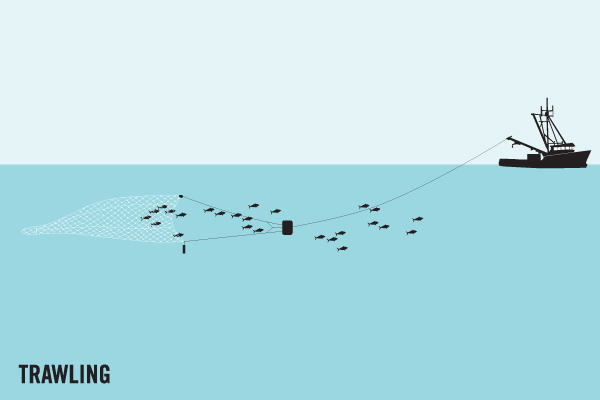Average Weight/Length
Averages 10-30 pounds; seldom reaches 100. World record 154 pounds.
Location Habitat
These sharks prefer the shoreline from Florida to Brazil. . The tropical parts of the western Atlantic Ocean is home to this variety of sharks. Normally found on the outer edges of reefs, the Caribbean Reef. These sharks are found quite commonly at a depth of about 100 feet (30 meters) and are known to dive to incredible depths of around 1250 feet (380 meters). Found on continental and insular shelves, often near drop-offs on the outer edges of reefs. May rest on the bottom. Usually found in reefs, at less than 30 m deep. Feed on bony fishes, including bigeyes (Priacanthidae). Viviparous. Size at birth below 73 cm. A dangerous species implicated in an abortive attack on divers in the Caribbean.
Biology & Physical Description
The Caribbean Reef Shark, also called the Carcharhinus Perezi in the scientific community, is a member of the requiem shark species. They are mostly found on the East coast of America (Atlantic coast) and southwards. The structure of this shark is streamlined and robust and can be easily confused with other sharks in its family. When you look up close, they have an extra rear tip on the second dorsal fin. The first dorsal fin is slightly angled or curved and the gills slits are also longer than most other varieties of sharks. Dubbed “the silent sea predator”, they can grow up to 10 meters long (3+ feet) and can weigh up to 70kg or 154lbs. That’s one big fish! While it is considered dangerous to humans, this shark does not have a history of attacks on humans. Also known as the “Reef Shark”, it has a unique color and is white to light yellow on the ventral side and grey-brown to dark-grey on the dorsal side. It has larger eyes and the snout is rounded and short in comparison to other sharks. This shark breed is actively fished as a source of meat and liver oil. In addition, they also attract attention from eco tourists in the Bahamas. The Bahamas are known to host questionable shark feeding programs to attract visitors and the Caribbean Reef shark is one of the major attractions. Although laws ban the hunting or fishing of this species, the fishing industry in South America still finds these sharks in about 40% of their fish catch. While the catches are unintended, there has still been a drastic impact on the population and the population continues to dwindle. A large, gray shark with an interdorsal ridge and short blunt snout. 1st dorsal fin small with short rear tip
Life Cycle & Mating Behavior
Distinct pairing with embrace. Viviparous, placental
Geographic Species Map (Fishbase.org Map)
|
|

|
Summary of Distribution: Western Atlantic: Florida, USA to southern Brazil, including the northern Gulf of Mexico and the Antilles. |
|
Note: Distribution range colors indicate degree of suitability of habitat which can be interpreted as probabilities of occurrence (fishbase.org) |
|
Sport Fishing Techniques
|
|
River DriftRiver Drift means to use the.... |
|
|
|
TrawlingTrawling is when.... |
|
Tackle & Baits
Spinning, baitcasting and light ocean outfits. Small dead fish and cut baits.
Game Rating
Game Rating : 7/10
Game Description :
Pretty good fighter, but usually small and seldom welcomed by anglers.
Food Rating
Game Rating : 6/10
Game Description :
Good. Meat is prepared dried salted for human consumption, hides for leather, liver for oil, carcasses for fish meal.
Picture (Fish)
|
|
|
|
|
|
Picture Mount
|
|
Product Specs
Available Sizes : 53 in. - 216 in.
Details: Fired-Enamel Glass Eye




















 Caribbean Reef Shark
Caribbean Reef Shark 







